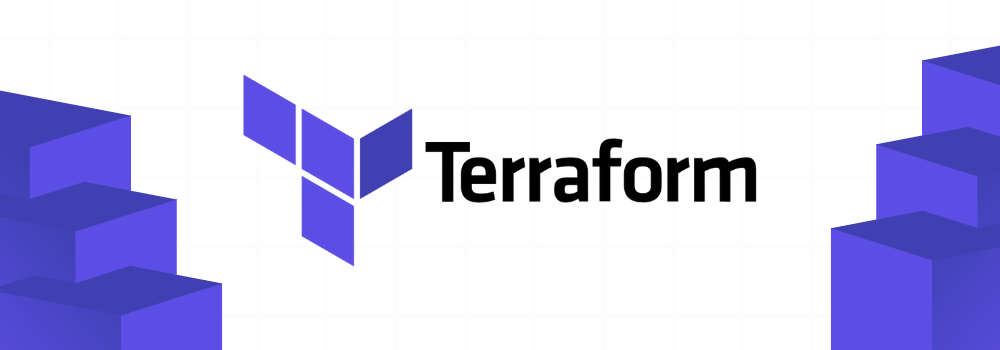
HashiCorp Terraform is an infrastructure as code tool that lets you define both cloud and on-prem resources in human-readable configuration files that you can version, reuse, and share. You can then use a consistent workflow to provision and manage all of your infrastructure throughout its lifecycle.
With the Qdrant Terraform Provider, you can manage the Qdrant cloud lifecycle leveraging all the goodness of Terraform.
Pre-requisites
To use the Qdrant Terraform Provider, you’ll need:
- A Terraform installation.
- An API key to access the Qdrant cloud API.
Example Usage
The following example creates a new Qdrant cluster in Amazon Web Services (AWS) and returns the URL of the cluster.
// see: https://registry.terraform.io/providers/qdrant/qdrant-cloud/latest/docs/guides/getting-started
// Setup Terraform, including the qdrant-cloud providers
terraform {
required_version = ">= 1.7.0"
required_providers {
qdrant-cloud = {
source = "qdrant/qdrant-cloud"
version = ">=1.1.0"
}
}
}
// Add the provider to specify some provider wide settings
provider "qdrant-cloud" {
api_key = "<QDRANT_CLOUD_MANAGEMENT_KEY>" // API Key generated in Qdrant Cloud (required)
account_id = "<QDRANT_CLOUD_ACCOUNT_ID>" // The default account ID you want to use in Qdrant Cloud (can be overriden on resource level)
}
// Get the cluster package
// see https://registry.terraform.io/providers/qdrant/qdrant-cloud/latest/docs/guides/getting-started#available-cloud-providers-and-regions
data "qdrant-cloud_booking_packages" "all_packages" {
cloud_provider = "aws"
cloud_region = "us-west-2"
}
locals {
desired_package = [
for pkg in data.qdrant-cloud_booking_packages.all_packages.packages : pkg
if pkg.resource_configuration[0].cpu == "500m" && pkg.resource_configuration[0].ram == "2Gi"
]
}
// Create a cluster (for the sake of having an ID, see below)
resource "qdrant-cloud_accounts_cluster" "example" {
name = "tf-example-cluster"
cloud_provider = data.qdrant-cloud_booking_packages.all_packages.cloud_provider
cloud_region = data.qdrant-cloud_booking_packages.all_packages.cloud_region
configuration {
number_of_nodes = 1
database_configuration {
service {
jwt_rbac = true
}
}
node_configuration {
package_id = local.desired_package[0].id
}
}
}
// Create an V2 Database Key, which refers to the cluster provided above
resource "qdrant-cloud_accounts_database_api_key_v2" "example" {
cluster_id = qdrant-cloud_accounts_cluster.example.id
name = "example-key"
}
// Output some of the cluster info
output "cluster_id" {
value = qdrant-cloud_accounts_cluster.example.id
}
output "cluster_version" {
value = qdrant-cloud_accounts_cluster.example.version
}
output "url" {
value = qdrant-cloud_accounts_cluster.example.url
}
// Output the Database API Key (which can be used to access the database cluster)
output "key" {
value = qdrant-cloud_accounts_database_api_key_v2.example.key
description = "Key is available only once, after creation."
}
Further Reading
The provider documentation contains more details on the available resources and data sources, including additional examples:


